Evgeny Roytman: ‘A blood clot does not form by itself!’
How thrombosis develops and whether it is possible to protect yourself from it
Kazan is hosting a very representative medical forum — the World Thrombosis Day 2022 scientific and practical conference today. Specialists from all over Russia have come to Tatarstan to discuss the issues of blood clots control in various diseases. The organiser of the conference is the National Association on Thrombosis and Hemostasis (NATH). Doctor of Biological Sciences Evgeny Vitalievich Roytman, President of NATH, Chairman of the Committee on Hemostasiology of the Federation of Laboratory Medicine of the Russian Federation, told in the interview with Realnoe Vremya why thrombosis is given such close attention, how it is formed and whether it is possible to protect yourself from it.
What blood clots are and how they are dangerous
Let's start, as they say, ab ovo. Why is there this problem at all, how blood clots occur?
Nature has such a universal mechanism for protecting a living organism from the loss of intravascular contents — in higher animals, it is blood. Protection is provided by the formation of a plug that clogs the lumen of the vessel — this plug is formed by clotted blood. However, under a number of pathological conditions, this protective mechanism transforms into a catastrophe, and it should be noted that a person is somewhat more susceptible to this than other mammals — this is a kind of payback for walking upright.
How can thrombosis cause a person's death?
If a thrombus blocks the lumen of the vessel, stops the blood flow through it, then the tissues around and downstream remain without oxygen and nutrients. Starvation and tissue necrosis begin, and the so-called infarction zone may develop. But even if thrombus does not completely block the lumen of the vessel, it still creates an obstacle to the delivery of oxygen to the tissues.
Another situation: a blood clot can break away from the vessel wall and migrate through the bloodstream, including getting into the vessels of the heart, lungs, brain and clogging them. This is also an extremely dangerous situation, which carries the threat of fatal consequences.
Can you give statistics on deaths from thrombosis in Russia?
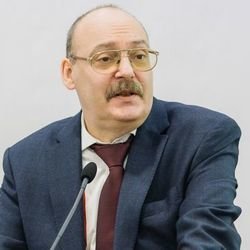
What other dangerous consequences thrombosis can entail?
As I have already said, if a clot blocks the lumen of the vessel, it thereby deprives the tissue of oxygen and nutrients. Hypoxia, ischemia develops, up to a tissue infarction. Scattered microthrombosis often accompanies organ and multiple organ failure. So, the result of thrombosis can be myocardial infarctions, lung infarctions, kidney infarctions, strokes, ischemic strokes, severe PATE (pulmonary embolism). Each of these diseases can end in fatal consequences. And it can lead to disability, to a further decrease in the quality of human life, to serious psychological consequences, including the need to change the lifestyle without alternative.
“The presence of risk factors does not mean that there is a 100% chance of having blood clots”
Do I understand it correctly, there is no specific, separate disease called “thrombosis”, it is always accompanied by something else?
A blood clot does not form by itself. For this, there must be certain conditions — risk factors. They can be congenital or acquired, and I would like to note separately: even their presence does not yet indicate that there is a 100% chance of having blood clots. They only increase the probability of their formation.
What are these risk factors?
First of all, they include oncological diseases, cardiological, vascular diseases. The greater the prevalence of such pathologies in the population, the higher the expected incidence of thrombosis. We work to reduce it, but we, hemostasis specialists, do not work in a vacuum, but together with a lot of other specialists — oncologists, cardiologists, laboratory diagnostics specialists, phlebologists and other doctors.
Some of the risk factors, as I have already said, are due to heredity. So, if your close blood relatives had cardiovascular diseases, this may indicate that you have a predisposition to thrombosis.
Acquired risk factors also play an important role in the statistics of the occurrence of thrombosis. By the way, they include the physiological condition such as pregnancy. The thing is that the body is preparing to reduce potential blood loss in childbirth by the third trimester, and therefore produces more hemocoagulation factors than usual — the ability of blood to coagulate increases. Again, this is normal. But in the presence of predispositions, the risk of pathology (that is, thrombosis) increases.
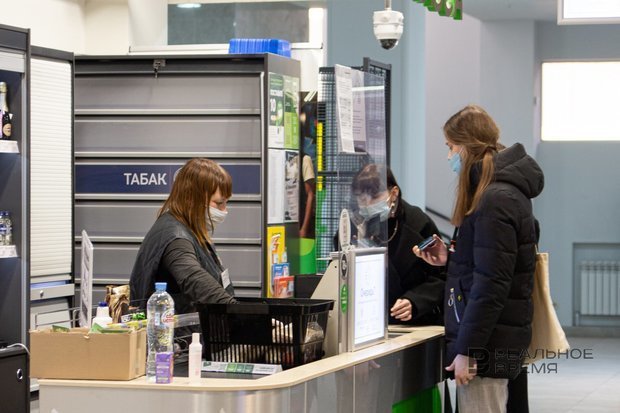
I will repeat what has been said a million times by us and our colleagues: smoking is a risk factor for cardiovascular disasters, including the formation of blood clots.
It is worth paying attention to the diet. One should eat everything, but in a balanced way. By the way, I do not advise you to be zealous with diets. After all, any skew in the diet deprives the body of something. And the body can react to this completely unpredictably. For example, an excess of animal fats can lead to thrombotic consequences. But I repeat — it is the excess! In reasonable quantities, they are necessary for the healthy functioning of our body. “Bad cholesterol” is an invention of marketers. It's not bad, it is necessary! Another thing is that overabundance is really the way to atherosclerosis and to complications of this process called atherothrombosis. The same can be said about the deficiency of animal proteins. In short, the imbalance of daily nutrition is bad.
What about a sedentary lifestyle?
Low mobility is also a risk factor for thrombosis. Including, by the way, long flights. If a person's work is connected with that he flies from Moscow to Khabarovsk and back five times a week, then this has a detrimental effect on his thrombotic status. Truckers and, of course, office workers are at risk.
But I would like to emphasise that all of the above are just probabilities, they cannot be perceived as a ready-made diagnosis. You just need to take them into account while maintaining your health. By the way, in order for the risk factor to “work” and the disease to develop, it is necessary to influence some kind of trigger. That's when the mechanism turns from protective to pathological.
“Even over-the-counter medications should be taken only as prescribed by a doctor”
For prevention purposes, many Russians often start drinking acetylsalicylic acid preparations “to thin the blood”. Do they really thin it?
Let's start with whether it thins the blood or not. An ingenious marketing find has worked, explaining to the layman how acetylsalicylic acid preparations work. They do not actually reduce the viscosity, density of blood, that is, the blood does not become more liquid. Acetylsalicylic acid reduces the ability of platelets to attach to the vascular wall, prevents them from sticking together, the formation of clots directly from these cells. That is, these drugs block the formation of a platelet plug.
This property of acetylsalicylic acid has been known for a long time and has been put into practice, primarily in cardiology for the prevention of thrombosis. In Russia, acetylsalicylic acid preparations are allowed to be prescribed for so-called secondary prevention — when a person has already suffered a cardiovascular disease — for example, a heart attack.
That is, these drugs prevent thrombosis and the neighbour's grandmother is right, advising them to everyone she meets?
There is also danger here. For example, why was there a conversation about the preventive administration of these drugs to people at the turn of middle and older age? Because at this time, age-related changes occur in the body. Metabolism changes, hormonal changes take place. All this affects the properties of tissues, mucous membranes, walls and lining of vessels, etc. Some of these changes increase the risk of blood clots, and some, on the contrary, increase the risks of bleeding. Plus, we do not forget about the lifestyle and the sores that accumulate with age. Considering how citizens of the Russian Federation “like” to take time for medical examination, a person may not know about it. Bleeding, by the way, also has a reason. There are certain conditions for this, too. And an “innocent” tablet of acetylsalicylic acid, which the neighbour advised, can become a trigger.
Therefore, my answer will be unequivocal: even over-the-counter medications, even medications that are advertised on TV, it is highly desirable to take only as prescribed by a doctor.
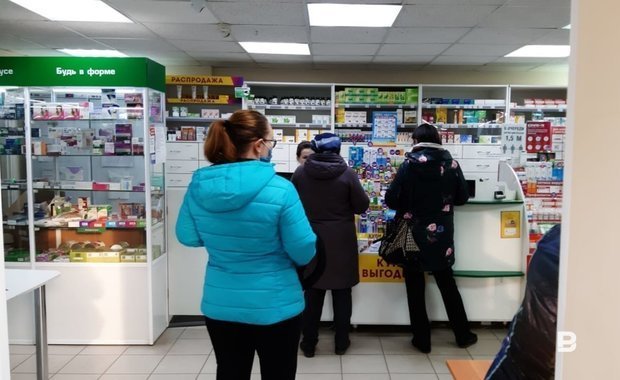
“Coronavirus has been giving us problems for two and a half years”
What changes have coronavirus made to the overall picture of morbidity in your profile?
The coronavirus has seriously added work to us, it has been throwing tasks to doctors for two and a half years. Even at the very beginning of the pandemic, we encountered blood clots in the vessels of the lungs. In principle, it was clear: where the affected organ is, there is inflammation, there is increased clotting, and there are risks of blood clots. And at first that's how they treated it.
But then we saw that many methods of prevention and therapy of thrombosis, which had been working for many years, for some reason did not work here. Covid-19 demanded a completely different approach to the dosage of drugs, to their appointment, depending on the phase of the disease or the onset of post-Covid-19 syndrome. Not all drugs were appropriate in the acute phase or, conversely, in the post-Covid-19 period. So the choice of drugs, their dosing, and their intake schemes have become a serious task for us.
We are also faced with that the virus affects not only the lungs, but also the blood cells, their functioning, their relationships. And also on the endothelium — the cells lining the vascular wall from the inside. These processes were first called covid-associated coagulopathy. For a year and a half, this was the main trend, but already from the middle of 2021 it became clear: in addition to the direct effect on the blood clotting system, we should pay attention to the vascular wall. Because the process of clotting and thrombosis in the body does not occur without it. The pathological effect that the virus has on endothelial cells also turned out to be an important component in the complex of problems that we encountered. And we quickly worked out some scenarios to combat it.
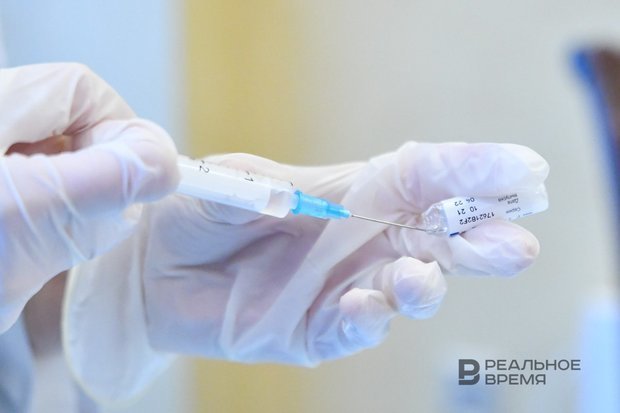
Anti-vaccination sentiments in society are still strong. The opinion that vaccination leads to thrombosis is widespread. So can the coronavirus vaccine — in particular, Sputnik V — contribute to the formation of blood clots? What is more dangerous in this regard — to get vaccinated or to get infected?
To get infected, absolutely unequivocally. Vaccination is not an independent reason for the formation of blood clots. Our body has the most powerful systems of protection against thrombosis — and this also needs to be understood, otherwise we would no longer exist. Any inflammation, even viral respiratory infections, would lead to fatal consequences. Yes, there have been cases of thrombotic complications with dire consequences both in Russia and abroad. It is important that, as expected, they were not of a mass nature. Yes, this does not make it easier for people or their relatives who have faced such accidents. But if we put idle talk and ghostly risks on one side of the scale, and to die from Сovid-19 on the other, it becomes clear: these are incomparable things.
Moreover, now we are seeing some euphoria — they say, the current strain is more easily tolerated, the frequency of hospitalisation with it is already low. But it is growing, and it is impressive — about 7-8% of the detected cases. And we — I mean the medical community — should not treat this rakishly and confuse external symptoms (runny nose, throat, fever) and the delayed damage that the virus causes to the body. The points of its application can be very different!
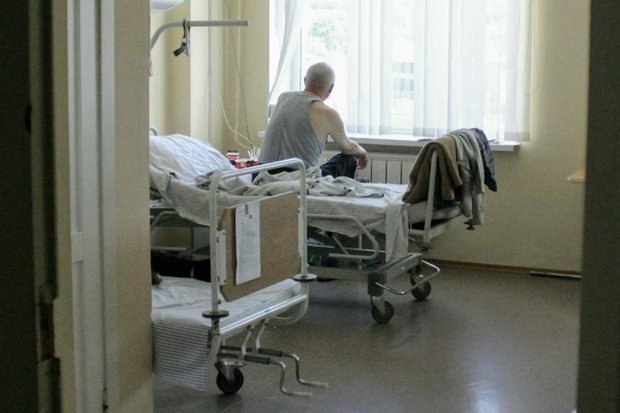
“First of all, you need to think about yourself”
How to monitor your blood, to protect yourself from blood clots? At what signs should one start worrying?
First of all, you need to think about yourself. Again, if there were cardiovascular, thrombotic, oncological events, diabetes in the family, this is already a reason to look at yourself, your beloved. The onset of pregnancy is also a reason to be careful. If you are not as young as you would like, you are already 45 years old, then take care of yourself in general and of the vessels in particular. And a banal and worn-out medical examination programme will help you in this. No polyclinic will refuse you this. In turn, both therapist and specialised specialists work according to clinical recommendations, according to which risk factors for thrombosis are identified and appropriate prevention is prescribed, if necessary.
Let's say I really want to look at myself and check myself for thrombosis. Let's say I'm 45 years old, and my mom has coronary heart disease, so I'm in the classic risk group. What examinations do I need to undergo, what directions should I take from a therapist?
Blood test — general and for clotting. It would be nice to do an ultrasound of the lower extremities — this is the most susceptible part of the body to thrombosis. Tell a doctor in detail the anamnesis — both personal and family. If something specific bothers you, you need to consult with specialised specialists: this may be a cardiologist, endocrinologist, neurologist, vascular surgeon, phlebologist, etc.
Such check-up should be carried out after reaching a certain age at least once a year. And be sure to go to the doctor if unusual manifestations appear in the extremities: pulling aching pains combined with swelling, soreness, heaviness in the legs and arms. You should also be wary if you have regular severe fatigue. If we are talking about the vessels of the head and neck, you may be worried about fainting, confusion, frequent dizziness. Sometimes thrombosis is the cause of abdominal pain — the intestines can become an extremely unpleasant localisation of a blood clot.
In general, thrombus has no specific symptoms. It gives general symptoms — and if you notice something of the above, be sure to contact your therapist. Doctor will guide you on further actions.
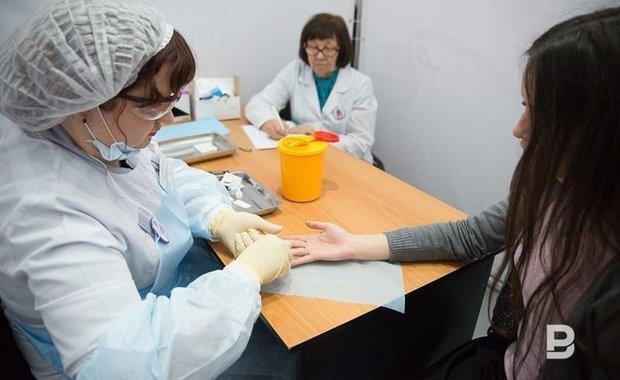
“Medicine should be conservative, but only up to a certain point”
Hemostasis is not only thrombosis, but also reverse processes — bleeding. What disorders associated with changes in hemostasis are leading in Russia today in terms of frequency of occurrence?
Yes, bleeding is also a problem. Massive obstetric bleeding was, is and remains a problem, doctors still often face them. Gastrointestinal bleeding is also a consequence of any causes, for example, uncontrolled medication or an oncological process.
As for diseases associated with congenital pathology of the hemostasis system, the statistics do not change in general. There are not so many people in the population with clinical signs of hemophilia. There are a number of other congenital diseases associated with a violation of the blood clotting process. Their frequency is low, and, I repeat, it does not change in general.
How is the science of hemostasis developing?
The development is progressive, extensive. The main innovations come from the pharmaceutical industry. New antithrombotic drugs are appearing (reducing the ability of blood to coagulate), but at the same time, they do not have a systemic effect on the entire body. Pharmacology is developing, which gives patients with serious congenital diseases of the hemostasis system the opportunity to lead a lifestyle that practically does not differ from the lifestyle of a healthy person.
How difficult is access for doctors from the regions to new knowledge, technologies and medicines? Do you have a feeling that in the regions they are still being treated the old-fashioned way, as they used to?
It is not even a question. You've formulated the problem yourself. Medicine should be conservative, but only up to a certain point. But in the regions, especially in the outback, parochial relationships between colleagues very often dominate. The younger doctors are dominated by the older ones, their teachers with unquestionable authority or pressure capabilities. “We were taught this way, so I will only do this, assign this, etc., and you are obliged to do the same. But when I leave, then do what you want!” Time is running out, the circle is closing.
Of course, I exaggerate a little, not everything is so bad and unambiguous. But the fact that such a situation, alas, is still not uncommon — it's frustrating.
What should we do about it?
It seems to me that this situation is at least unacceptable. The thing is that the so-called clinical hemostasiology is a complex discipline, synthetic. By themselves, the problems of thrombosis or bleeding are an interdisciplinary issue that does not belong to any particular medical specialisation. Here, more than ever, a normal dialogue is required between clinicians who lead patients, laboratory services that provide them with diagnostic information, specialists in functional or ultrasound diagnostics. And this dialogue is in many ways a stumbling block.
The Association, which I have the honour to lead, is engaged in the regular organisation of interdisciplinary forums on thrombosis and hemostasis. For example, on October 13, Kazan hosts the All-Russian Scientific and Practical NATH conference “World Thrombosis Day”. In between the big forums, we are organising other events where experts are meeting and discussing problems. We work closely with specialised professional communities: oncologists, phlebologists, obstetricians and gynecologists, laboratory diagnosticians.
“We gather a large interdisciplinary team of lecturers”
How did the idea to hold the conference “World Thrombosis Day” come about and what is the contribution of your organisation to the fight against the problem of thrombosis in Russia?
The conference is timed to coincide with the World Thrombosis Day. In turn, this idea is an initiative of the International Society on Thrombosis and Hemostasis, it originated about ten years ago. The meaning of this day is, on the one hand, an interdisciplinary event. Attracting the attention of the professional community of doctors of various directions to the problem, to the options for its solution. On the other hand, the social component is another attempt to reach out to our population, to health officials of various levels and to the press, of course, too.
Why has Kazan been chosen for the conference?
Why not? Nice city! But seriously, Dilyaver Mirzabdullovich Zubairov, one of the largest Soviet specialists in blood clotting, one of the founders of this discipline in our country, worked in Kazan. Kazan School is essentially Zubairov's school. Of course, we will remember Dilyaver Mirzabdullovich during the conference, one of its central events will be the Zubair Readings. Moreover, at one time he did a lot for the formation of the Association on Thrombosis and Hemostasis, and an authoritative professional journal on this topic — “Thrombosis, hemostasis and rheology”.
This will not be a narrow event — we are gathering a large interdisciplinary team of lecturers. Oncologists, hematologists, neurologists, cardiologists, phlebologists, laboratory research specialists, transfusiologists, pathophysiologists — and they are all from different cities, different medical centres. At the same time, almost everyone has a name in Russia, authority among fellow specialists. The composition is very representative. And of course, specialists from the Republic of Tatarstan will be very widely represented in the programme on this day!